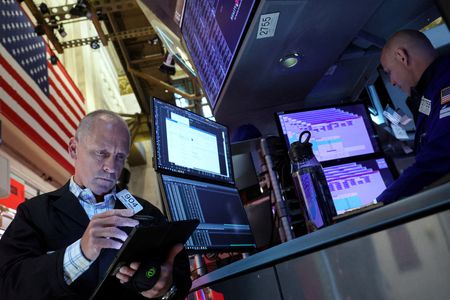BRUSSELS (Reuters) -The European Commission has launched an investigation into flat-rolled products of iron or steel plated or coated with tin from China to assess whether imports into the European Union are sold at excessively low prices.
The Commission, which oversees trade policy in the 27-nation EU, launched the anti-dumping investigation following a complaint from European steel association Eurofer, the EU official journal said on Thursday.
The investigation, along with another launched on Thursday into wood flooring imports, is the latest in a string of EU trade and subsidy probes into Chinese exports and the operations of Chinese companies in Europe, most notably an anti-subsidy investigation into electric vehicles.
EU and U.S. investigations and tariffs have drawn a rebuke from Beijing, which said on Thursday assertions that China has been dumping the products of its excess capacity on European and U.S. markets were “naked trade protectionism”.
The tinplate steel investigation will last up to 14 months, with the possible imposition of provisional duties in seven to eight months.
The journal entry said one of the complaint’s central allegations is that Chinese producers benefit from distorted prices for raw materials, notably hot-rolled flat iron or steel, which accounts for 60-70% of the production costs and is subject to Chinese export restrictions.
Eurofer said the opening of the investigation was an important step towards restoring a level playing field, adding that EU industry had lost a quarter of sales volume from 2021 to 2023, while Chinese imports more than doubled.
China’s Chamber of Commerce in the EU said it was concerned that the investigation’s outcome could impact Chinese industry and future exports.
It said it was particularly worried about the EU’s practice of constructing a “normal value” using what the EU says are undistorted prices and benchmarks. This normal value is compared with the export price to determine the extent of dumping.
In most cases, dumping simply means selling an exported product at prices below those in the exporter’s domestic market.
(Reporting by Philip BlenkinsopEditing by Tomasz Janowski and Nick Macfie)











